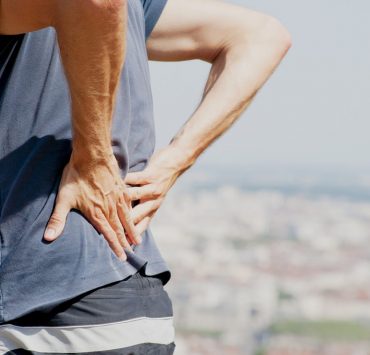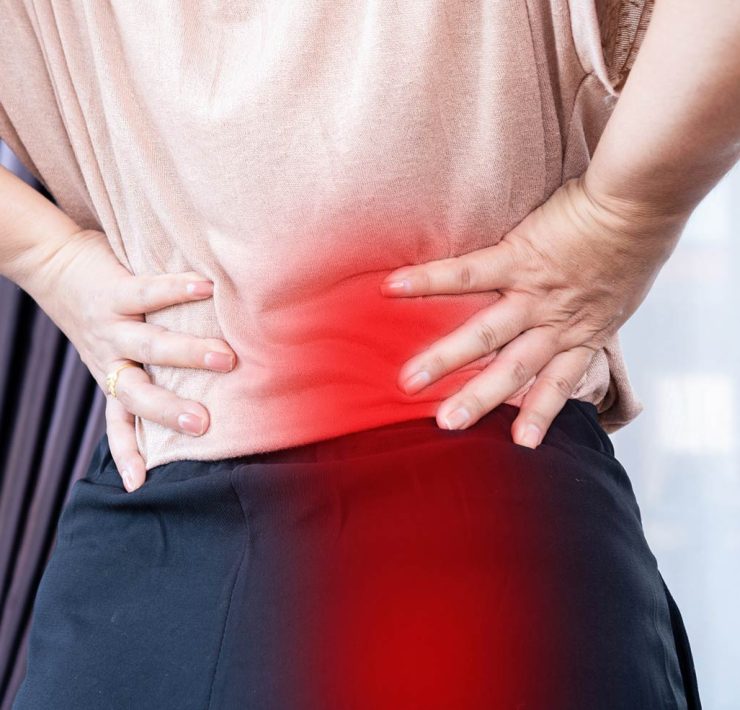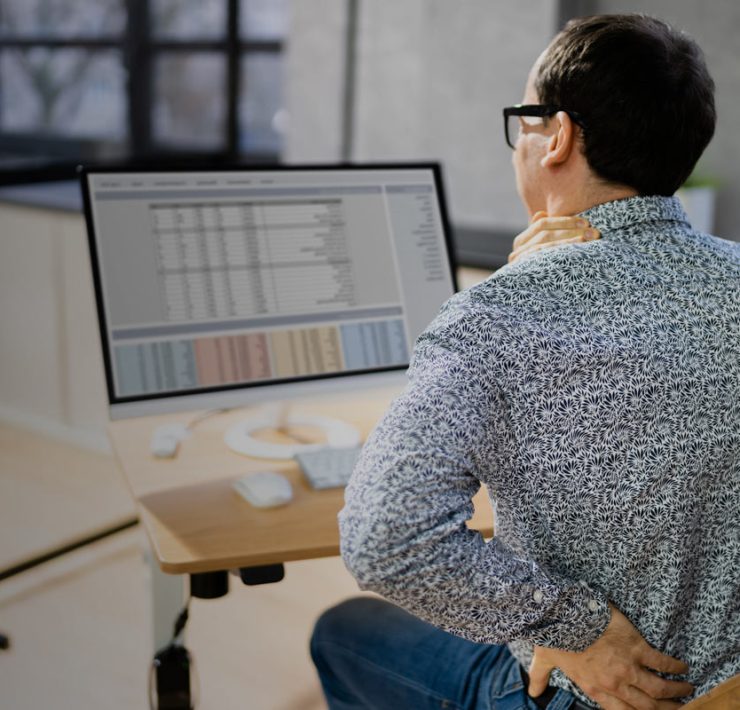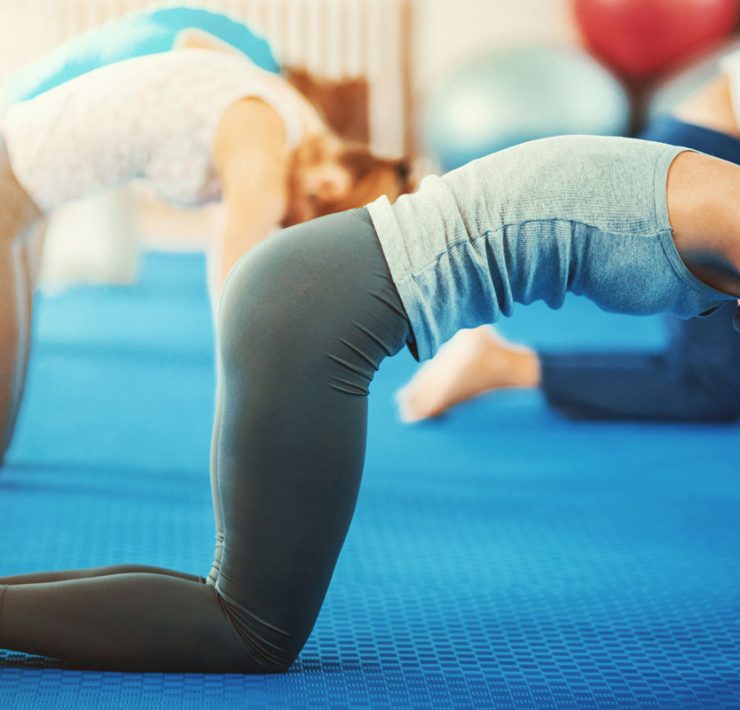Tom Oddo is a Doctor of Chiropractic and a strength and conditioning coach who spends a lot of time teaching people how to correct their body positions—as he puts it, “organizing ourselves.”
That’s Dr. Oddo’s way of describing postural fixes that not only improve body alignment while idle, but also foster movement that promotes healthy posture and alignment. This helps ward off musculoskeletal dysfunction associated with chronic pain in the back, neck, shoulders, hips, and other joints.
The most common examples of postural dysfunction are a spine that is too arched (typically when standing) or too rounded (typically while seated). Both positions make it difficult for the back and neck to resist gravity, as a result of the spinal column being improperly “stacked.”
To establish what good posture actually feels like, the best place to start is by examining your range of motion in the spine and how it “stacks.” A well-stacked position fortifies the head, neck, and back against the pain-inducing forces of gravity. Here are the key components of this posture:
- The head should sit squarely atop the cervical spine (neck), with the chin tucked in slightly to prevent the head from sinking into a forward slump.
- The thoracic spine (the upper/mid-back area, anchoring your ribcage) should float directly below the cervical spine. Shoulders should be back slightly, to promote suppleness of the surrounding muscles and open the chest, providing ample space for the lungs to fill with oxygen—which is diminished when we slump forward.
- The lumbar spine (lower back) should rest comfortably below the thoracic spine and be cradled by a neutral pelvis. To achieve a neutral pelvic position, tuck the hips and buttocks in ever-so-slightly—this tiny adjustment takes major gravitational pressure off your lower back.
Good Posture Doesn’t Have to Be Hard!
When you adopt the postural arrangement described above, you’ll feel it activating a number of muscles in your trunk and core. That’s a good thing! The slight effort required to hold this posture not only promotes musculoskeletal health in the long term, but will gradually improve your strength and metabolism as well.
You can build an even stronger (and less injury-prone) back by incorporating a few daily movements into your day. In these videos Dr. Oddo walks us through three exercises designed to promote spinal mobility and reduce back pain.






